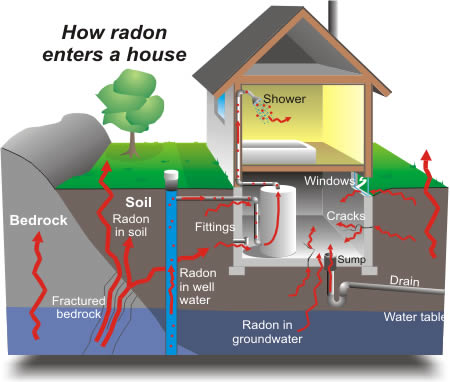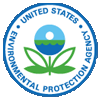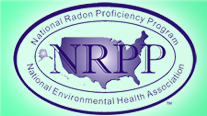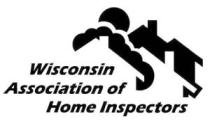What is Radon
Radon is a colorless, odorless, tasteless gas that has been found in homes all over the Wisconsin and the United States. Radon originates from the natural decay of uranium in soil, rocks and ground water. Radon gas rises freely from surrounding soil enters the home through small openings such as cracks in concrete, floor drains, sump pump pits. As radon decays it creates radon decay products. Radon generally concentrates in the areas of a home closest to the ground. It is not advisable to rely on radon results taken in other homes within your neighborhood to estimate the radon level in your home. Homes which are located next to each other can have variant radon levels. The health risk associated with prolonged inhalation of radon decay products is an increased risk of developing lung cancer. When radon gas breaks down it releases radioactive particles that circulate in the air. As you breathe radon gas partials and the decay products, they can become trapped in your lungs.

As the particles continue to break down, they release bursts of energy (alpha particles) which can damage the DNA of lung tissue. This damage can cause lung cancer. The EPA has determined that short-term exposure to a high concentration of radon is not as severe of a risk as is long-term exposure to a lower level. What can I do to protect myself and my family from radon? The first step is to test your home for radon. The EPA recommends that if the level is at or above 4 picocuries per liter that you have it fixed. The best method for reducing radon in your home will depend on how radon enters your home and the design of your home. There are systems that remove radon from the crawl space or from beneath the concrete floor or basement slab that are effective at keeping radon from entering your home. These systems are simple and don't require major changes to your home. Other methods may be necessary.
People who have private wells should test their well water to ensure that radon levels meet EPA's newly proposed standard.




